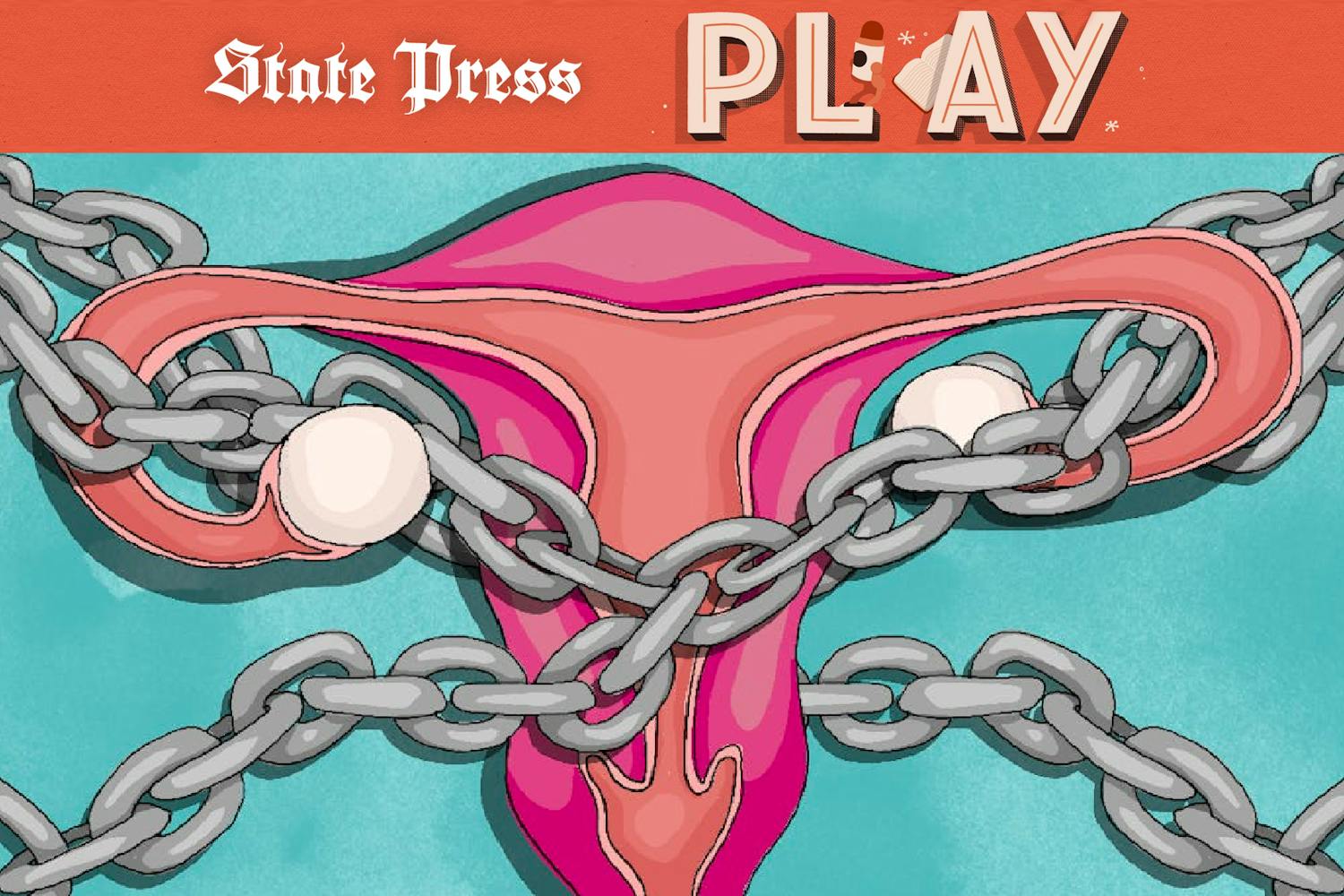The first anniversary of the gulf oil spill was April 20. The one-year came and went with very little fanfare. We ring in the anniversary of one disaster with the threat of another — nuclear energy.
The fiasco in Japan occurred when power was cut off from the nuclear facilities’ supply, disabling vital cooling systems. Although the tsunami and floodwaters offset the plant, something as meager as mice could have the same effect. Didn’t a rodent rid nearly all of ASU’s Tempe campus of its power for several hours not too long ago?
This instills in many a hesitant regard for nuclear energy and the threat it poses. Could a similar situation impose itself on the United States?
Noted in a Rolling Stone article that juxtaposes nuclear energy in both the U.S. and Japan, there are nearly 104 reactors scattered across the U.S., generating 20 percent of the nation’s energy. Twenty of those 104 reactors have similar designs to Fukushima. To put it in perspective, another of the 104 reactors is located a mere 50 miles west in Wintersburg, Ariz. — the Palo Verde Nuclear Generating Station — and is the largest facility in the United States.
A majority of the reactors were built in the 1960s and 1970s and are near the end of their lives. Some people believe this, some people don’t — simply because nuclear facilities in the U.S. have a multi-faceted perception.
The mode of energy is dangerous, there’s no denying it. On the other end of the spectrum though, nuclear energy is an expensive start-up, but an inexpensive upkeep, making it worth a company’s while.
It’s possible that Gregory Jaczko, the chairman of the Nuclear Regulatory Commission, is stressing this point alone in his defense of nuclear energy in Rolling Stone’s “The Nuclear Nightmare” by Jeff Goodell.
His testimony before Congress on the future of nuclear energy was surprisingly optimistic, although all circumstances point to the realization that the “nuclear renaissance” may be reaching its end.
The reactors have aged, and the exploration of renewable resources is a more realistic benefit for the Earth’s environment.
The oil spill, a fresh wound still, was along the same lines. The end justified the means in that the provision of the oil was far more vital than the recognition of the deteriorating condition of the rig itself.
History is slowing repeating — we have various nuclear facilities close to the homes, parks and commercial plazas of American citizens — and the sacrifice is willing to be made by suits like Jaczko.
We’re in a constant battle over the Earth’s resources, and the means with which we can safely and conscientiously provide energy for ourselves. If we’re not careful, we may be memorializing the second anniversary of the havoc on the gulf and the first year anniversary of a nuclear disaster.
Reach Brittany at brittany.morris@asu.edu



